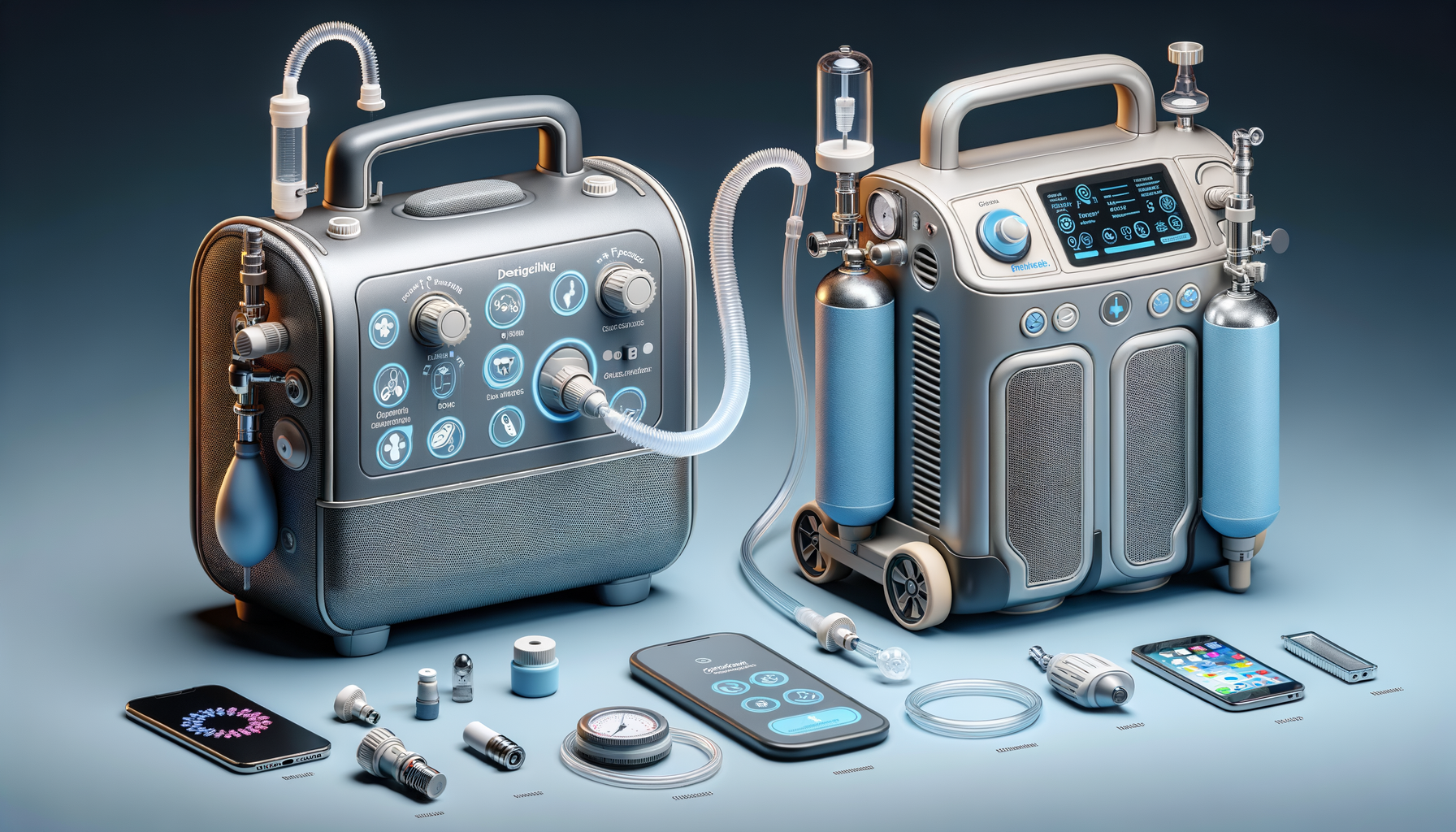Introduction to Portable Oxygen Concentrators
In today’s world, portable oxygen concentrators have become essential for individuals with respiratory issues. These devices offer the freedom to maintain an active lifestyle while ensuring a steady supply of oxygen. However, purchasing a new unit can be costly, making used portable oxygen concentrators an attractive option. This article explores how to choose a used portable oxygen concentrator, what to check before buying a pre-owned oxygen machine, and the differences between portable and home oxygen concentrators.
How to Choose a Used Portable Oxygen Concentrator
Selecting the right oxygen concentrator involves careful consideration of several factors to ensure it meets your needs. Begin by assessing the oxygen output requirements. It’s crucial to match the device’s capacity with your prescribed oxygen levels. Check the battery life, as a longer battery life ensures more extended periods of mobility without recharging.
Consider the device’s weight and size, especially if you plan to travel frequently. A lightweight and compact model will be easier to carry around. Additionally, look into the warranty and service options available for the used concentrator. Some sellers offer extended warranties or service plans, which can be beneficial.
Another vital aspect is the device’s noise level. If you plan to use it in quiet environments, a quieter model will be more comfortable. Lastly, verify the manufacturer’s reputation and customer reviews to ensure reliability and satisfaction.
What to Check Before Buying a Pre-Owned Oxygen Machine
Before making a purchase, it’s essential to thoroughly inspect the pre-owned oxygen machine. Start by checking the device’s overall condition. Look for signs of wear and tear, particularly on the exterior casing and control panel. Ensure all buttons and displays are functioning correctly.
Request a demonstration to see the concentrator in action. This will help you verify that it produces the required oxygen levels and operates smoothly. Check the filters and tubing, as these components should be clean and free of damage.
Ask for the service history of the unit. Regular maintenance records indicate that the machine has been well cared for. It’s also wise to inquire about any previous repairs or replacements. Lastly, ensure that the device comes with all necessary accessories, such as the power adapter, carrying case, and user manual.
Differences Between Portable and Home Oxygen Concentrators
Understanding the differences between portable and home oxygen concentrators is crucial when deciding which type suits your lifestyle. Portable oxygen concentrators are designed for mobility, offering lightweight and compact designs that facilitate travel and outdoor activities. They typically operate on rechargeable batteries, providing flexibility and independence.
In contrast, home oxygen concentrators are larger and more powerful, designed to deliver higher oxygen flow rates for individuals who require continuous oxygen therapy. They are generally not as portable due to their size and need for a constant power source.
While portable models offer convenience, home concentrators are often more cost-effective for long-term use, as they do not require frequent battery replacements or recharges. When choosing between the two, consider your lifestyle, oxygen needs, and budget to make an informed decision.
Conclusion: Making an Informed Decision
Choosing a used portable oxygen concentrator requires careful consideration of various factors, from output capacity to the device’s condition. By thoroughly evaluating pre-owned machines and understanding the differences between portable and home models, you can make an informed decision that aligns with your health needs and lifestyle.
Remember to consult with healthcare professionals to ensure that the chosen device meets your medical requirements. With the right information and guidance, you can enjoy the freedom and flexibility that portable oxygen concentrators provide.




Leave a Reply